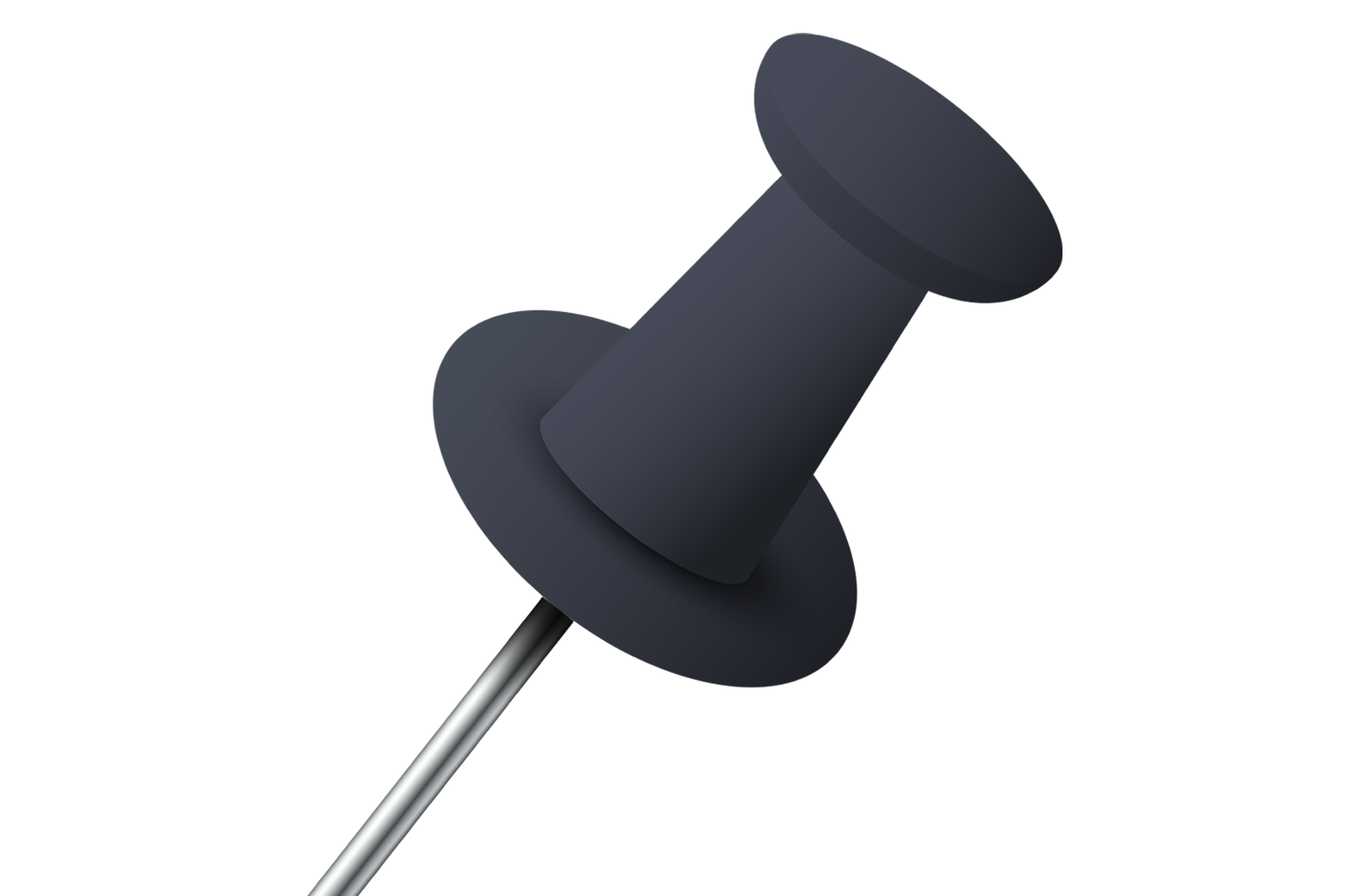Over the last couple of years, spending habits have quickly changed. While many people were already used to making purchases with credit and debit, many merchants and consumers have gone completely cashless.
While there’s no doubt that going cashless can make things more convenient, it can also affect your purchasing behaviour. Studies have shown that people tend to spend more when using cash over credit. The reality is that contactless payments are here to stay, but if you make things more painful for yourself when making purchases, you may actually end up saving more.
Switch back to cash
Although many people have switched to cashless payments, there’s nothing wrong with you sticking to cash. With cash, you know exactly how much money is in your wallet. More importantly, you’ll know how much you’ll have left when you start spending. As your cash reserves start to dwindle, the odds are you’ll likely start second-guessing your purchases.
The argument against cash is that you’ll have less purchasing power. Major purchases often require you to get additional cash. Sure, these may seem like barriers, but it actually empowers you to save money since you’ll need to think harder about your purchases.
Lower your card limits
When you apply for a new credit card, it’s not uncommon to get a credit limit of $5,000 or more. That amount may seem crazy to people that are new to credit since they may have never had access to that much money before. While having a high limit can be beneficial, it can also encourage you to spend more. To avoid this, you could ask your credit card provider to lower your credit limit. This would allow you to keep your spending under control and force you to decide how important your purchases are.
Some banks even allow you to limit your debit transactions. This might sound odd since your debit card is linked to the available funds in your bank account, but it’s something banks can do on the back end. Just call up customer service and let them know you would like a daily purchase limit on your debit card. For example, you could set a daily limit of $200. You might even be able to limit the amount on each individual purchase.
- Read more: How to Get Out of Credit Card Debt
Think about what else you could buy
Making spending painful can be tricky since spending is fun. Studies have shown that our brain releases endorphins and dopamine whenever we make a purchase. Simply put, we get a rush of pleasure whenever we buy something. Admittedly, we all have to buy things, but if you can get into the mindset of comparing purchases before you make them, you may start to second-guess your decisions.
For example, let’s say you want to buy a new book, go out for dinner, or see a concert. While there’s no denying you’ll get joy from these purchases, ask yourself is there something better you could do with your money? The money you save can be used for anything else, such as paying down debt, saving for a down payment, or increasing your emergency fund. No one is suggesting that you cut out all the fun, but when you focus on your goals, spending becomes more painful.
- Read more: Learn How to Make Budget Goals
Sleep on it
Since eliminating spending completely isn’t realistic, your goal should be to only make purchases that are really important to you. This is easier said than done since all it takes is one tap or swipe to complete a purchase, but with a simple mind trick, you might end up spending a lot less.
Tell yourself that if you plan on making a non-essential purchase of $50 or more, you’ll sleep on it first. It doesn’t matter if there’s a sale or you may not be at the same store tomorrow; sleeping before making a purchase is a must. By doing this, you’re forcing yourself to analyze your purchasing decisions. When you wake up, the odds are you’ll no longer want the item or realize you don’t need it. Now if you get up and are still thinking about the purchase, go ahead and buy it guilt-free.
- Read more: Learn How to Calculate Disposable Income
The bottom line
Spending has never been easier. Many consumers have gone cashless. While there’s nothing wrong with paying just with your cards, you may end up spending more without realizing it. In addition, many merchants now offer buy now pay later options. This allows you to make purchases in installments without any fees – as long as you pay your balance on time. Instead of relying on the pleasure we get from spending, flipping the script and making spending painful can be an effective way to manage your finances.

Barry Choi is an award-winning personal finance and travel expert. He regularly appears on various shows in Canada and the U.S., where he talks about all things money and travel. His website - Money We Have - attracts thousands of visitors daily, looking for the latest stories on travel and money.



